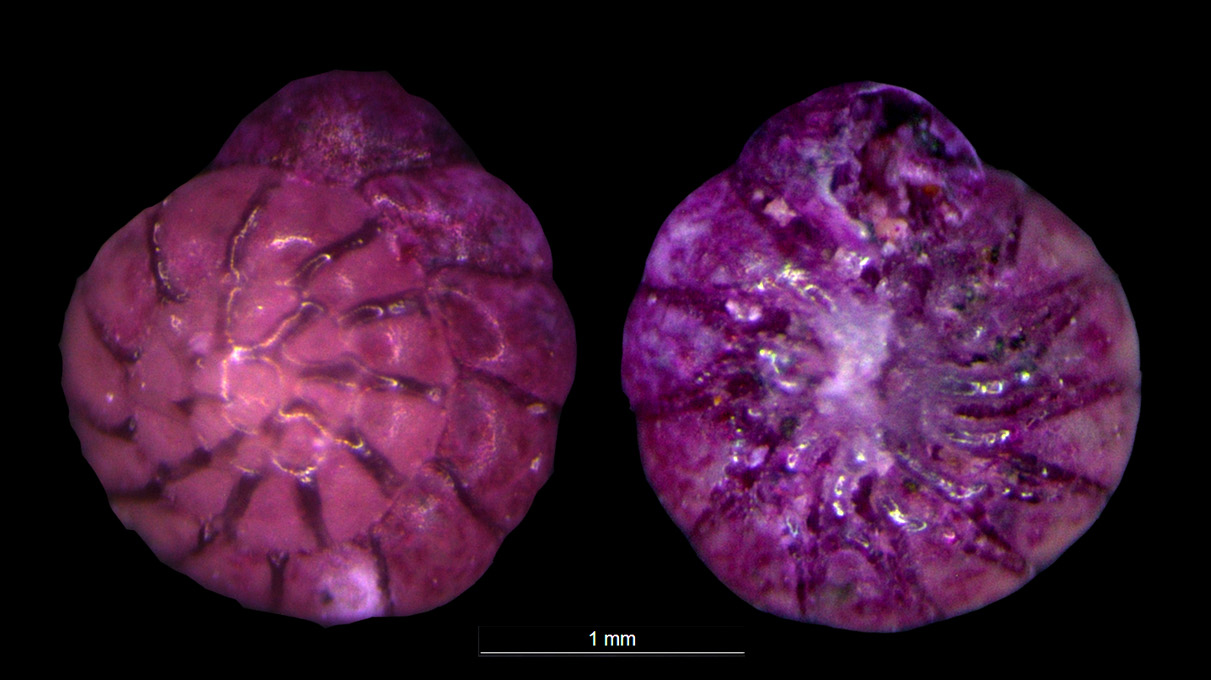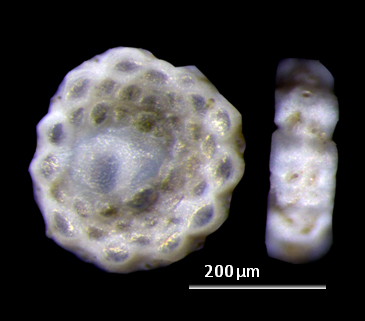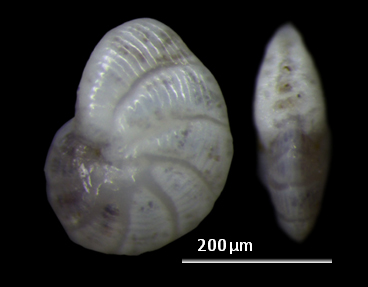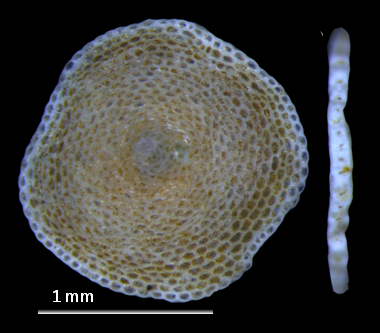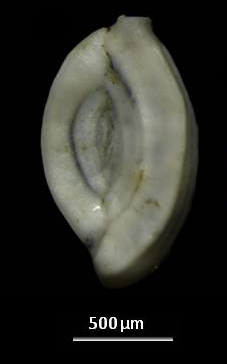|
צבע אדום - צביעה לבדיקת חיות |
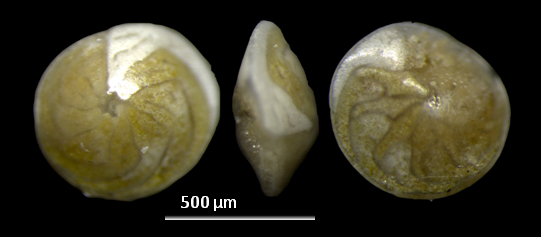 |
 |
||||
| Ammonia bradyi, Billman | Amphisorus hemprichii, Ehrenberg | Amphistegina lessonii, d'Orbigny | Articulina antilarum
(Cushman) |
|||
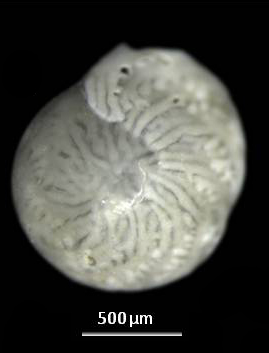 |
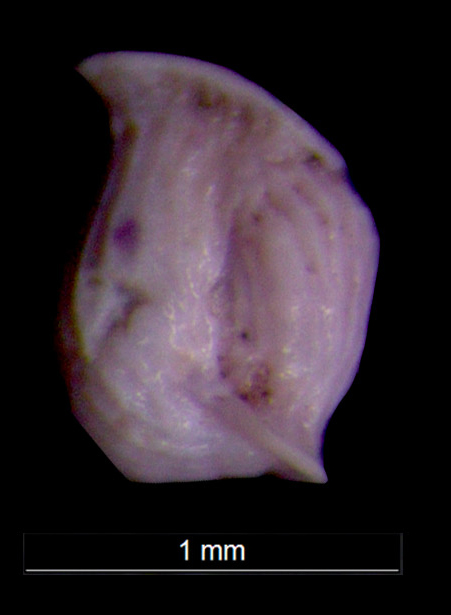 |
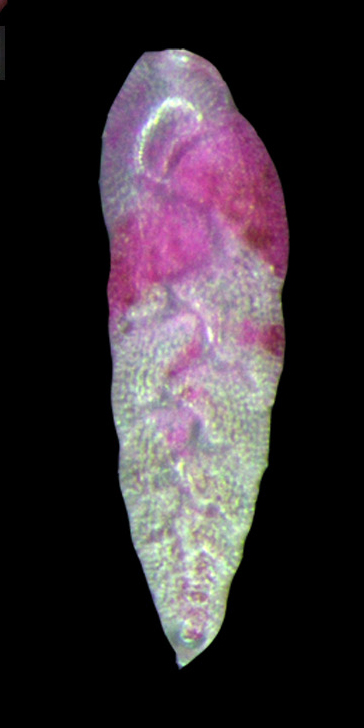 |
 |
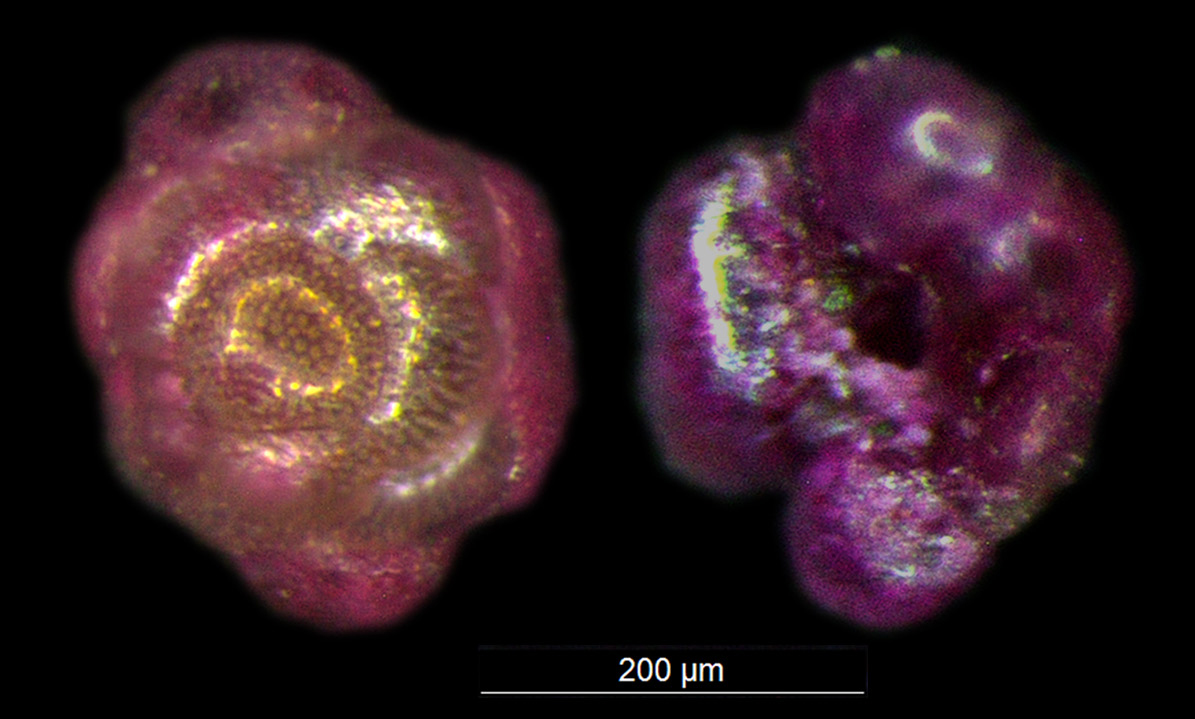 צבע אדום - צביעה לבדיקת חיות |
||
| Amphistegina lobifera, Larson | Articulina
pacifica, Cushman. |
Bolivina
variabilis, (Williamson) |
Borelis
schlumbergeri. (Reichel) |
Cymbaloporetta sp. |
||
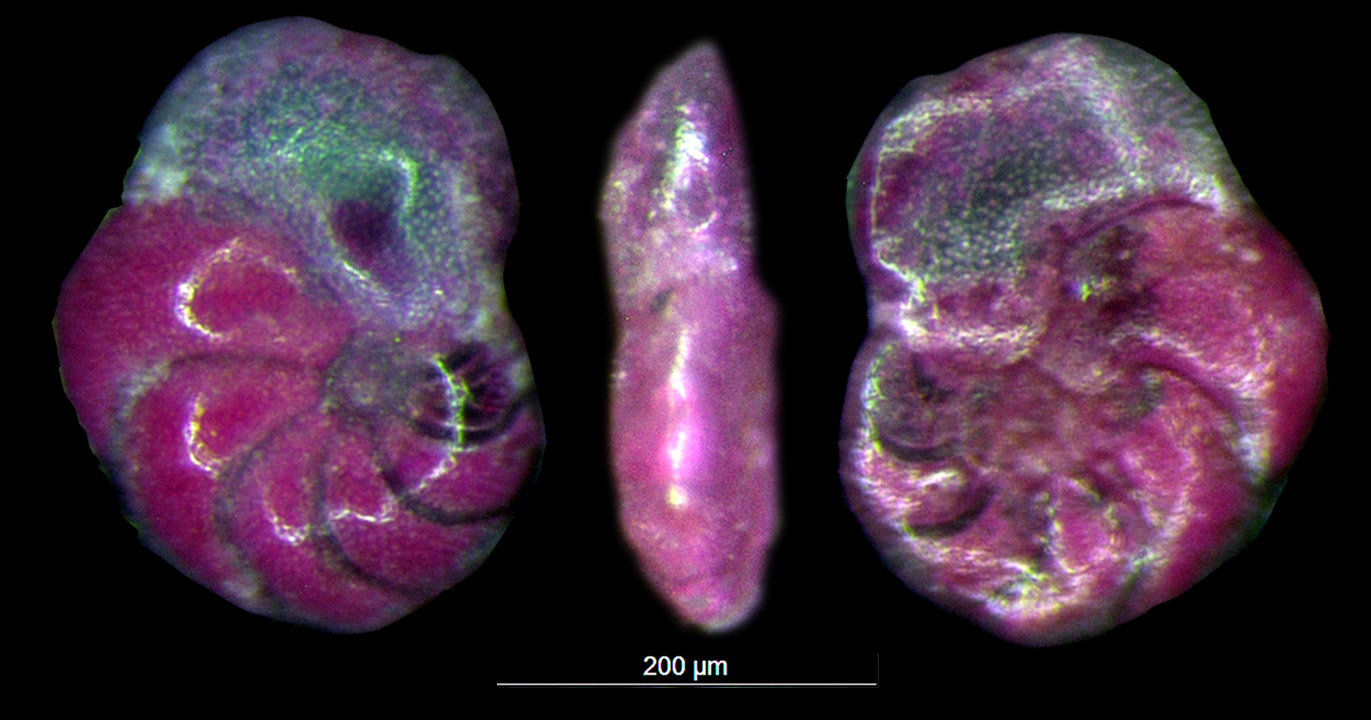 צבע אדום - צביעה לבדיקת חיות |
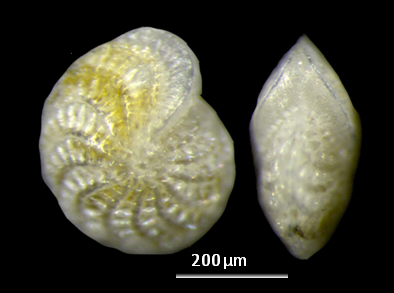 |
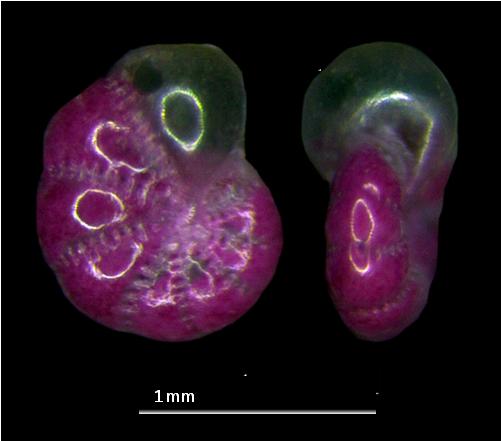 צבע אדום - צביעה לבדיקת חיות |
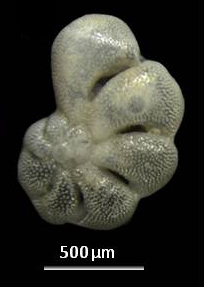 |
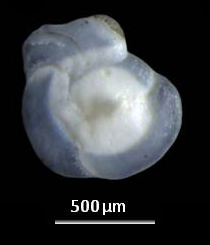 |
||
| Discorbinella
rhodiensis (Terquem) |
Elphidium
jensen ,Cushman |
Elphidium
williamsoni, Haynes |
Epistomaroides
punctatus,(Said) |
Hauerina
diversa, Cushman |
||
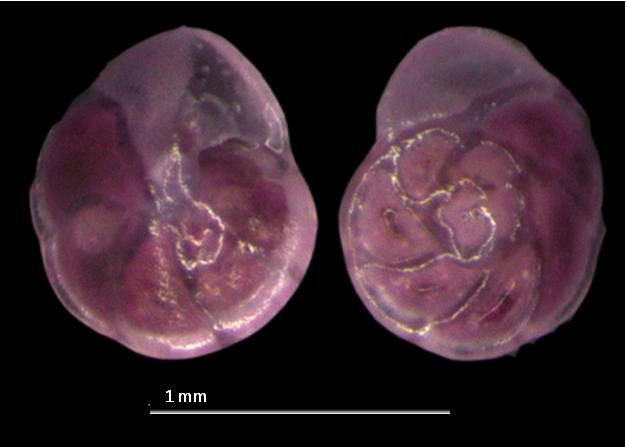 |
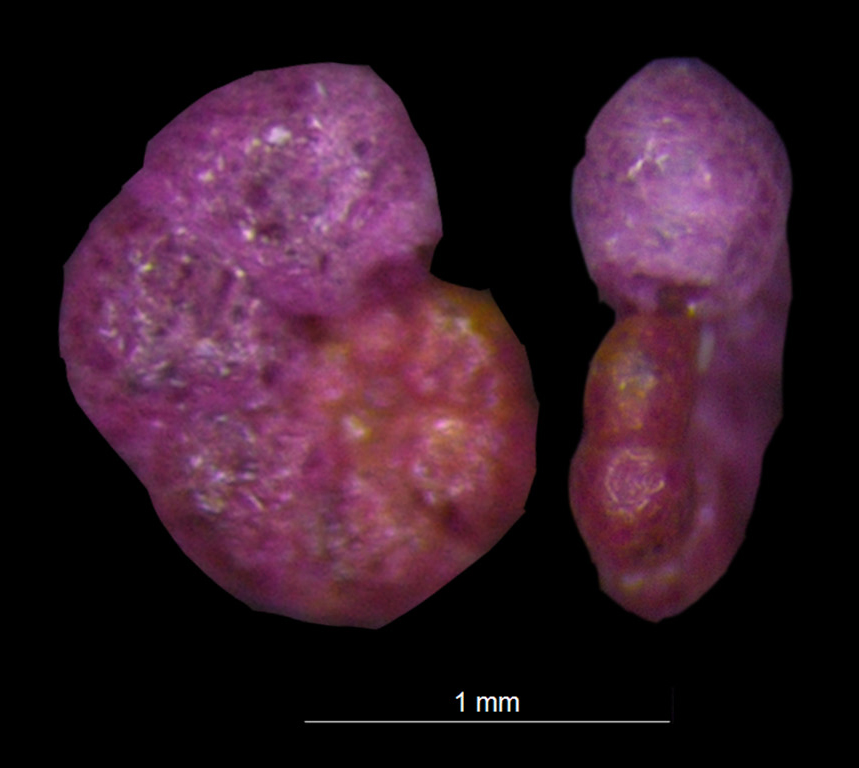 צבע אדום - צביעה לבדיקת חיות |
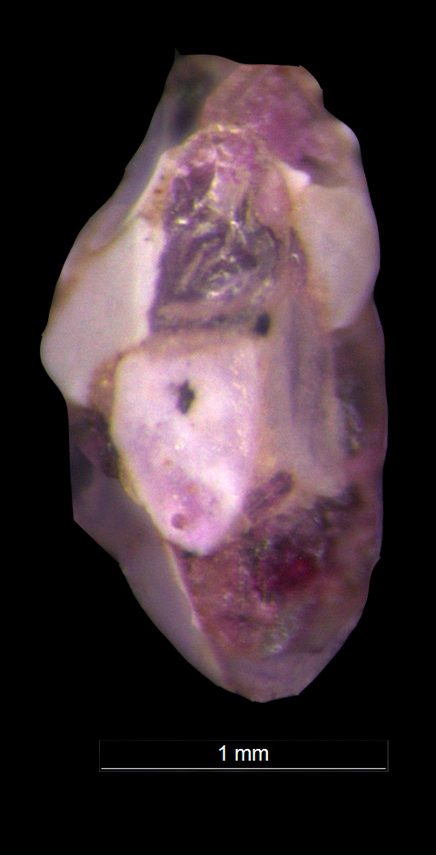 |
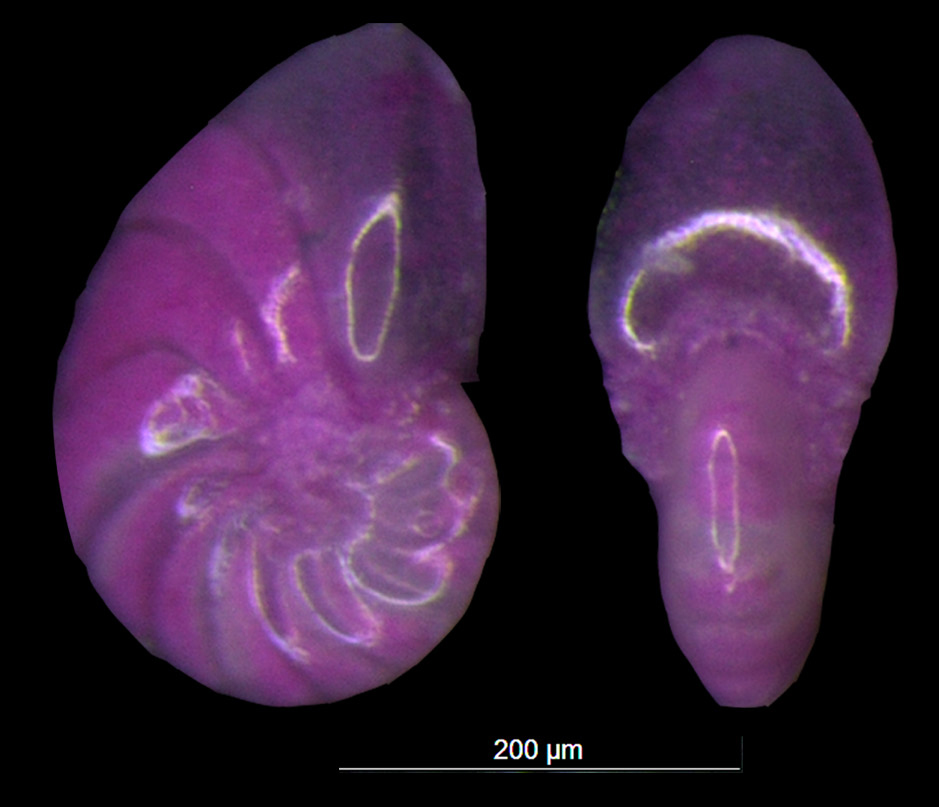 |
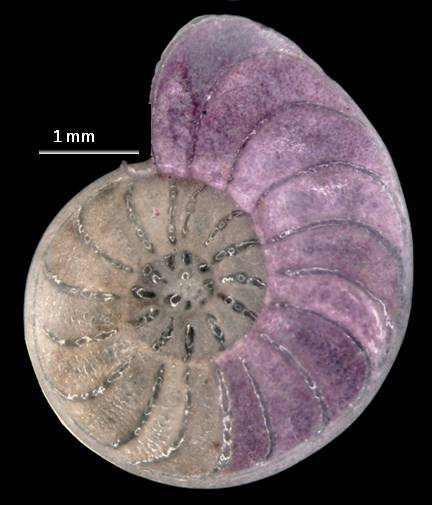 |
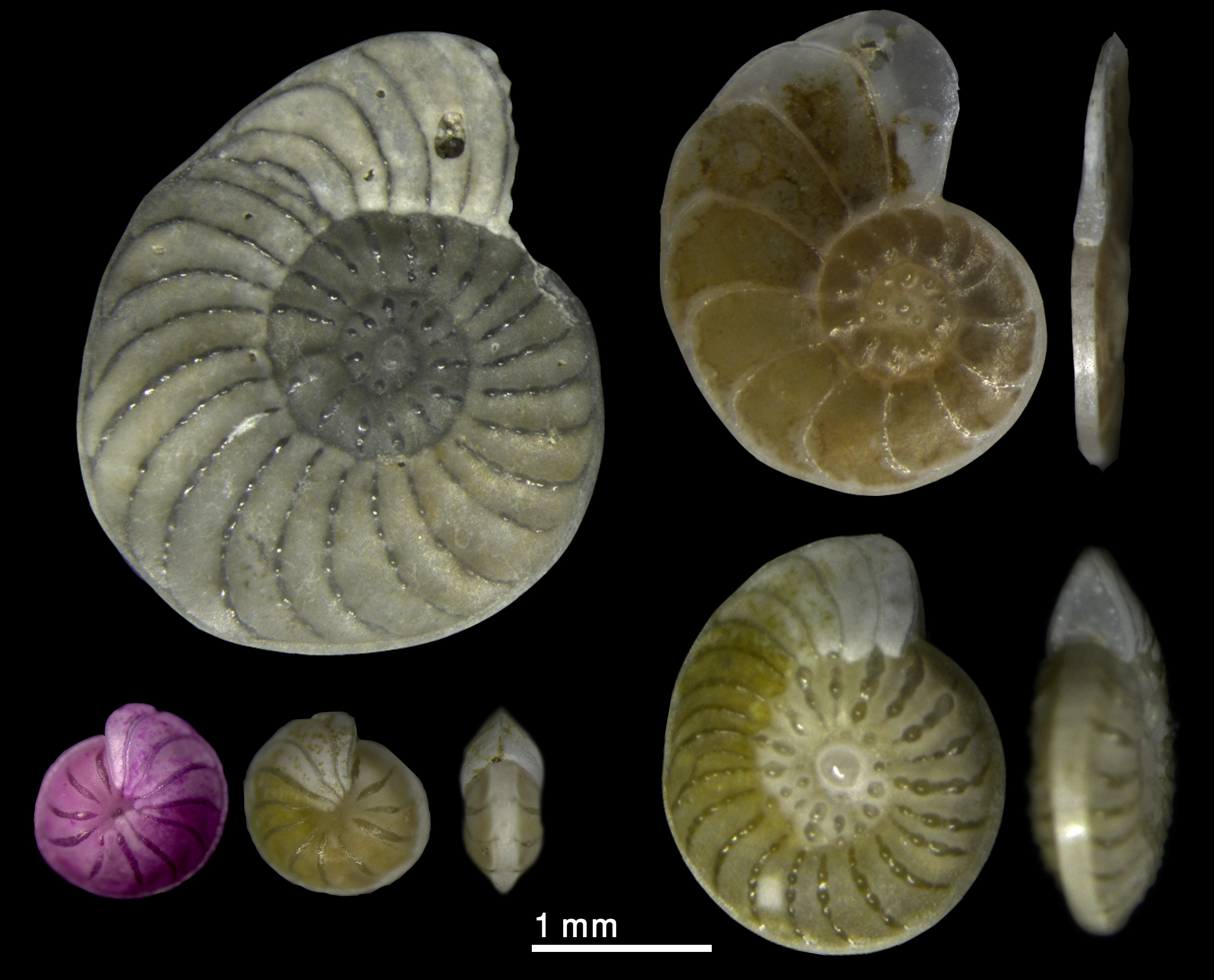 |
|
| Epoindes
repandus, (Fichtel & Moll) |
Labrospira jeffreysii (Williamson) | Lagenammina
cf.atlantica (Cushman). |
Nonion sp. |
Operculina
ammonoides (Gronovius) |
O.
ammonoides forms. |
|
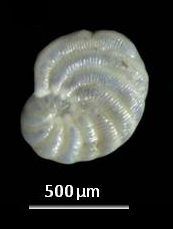 |
|
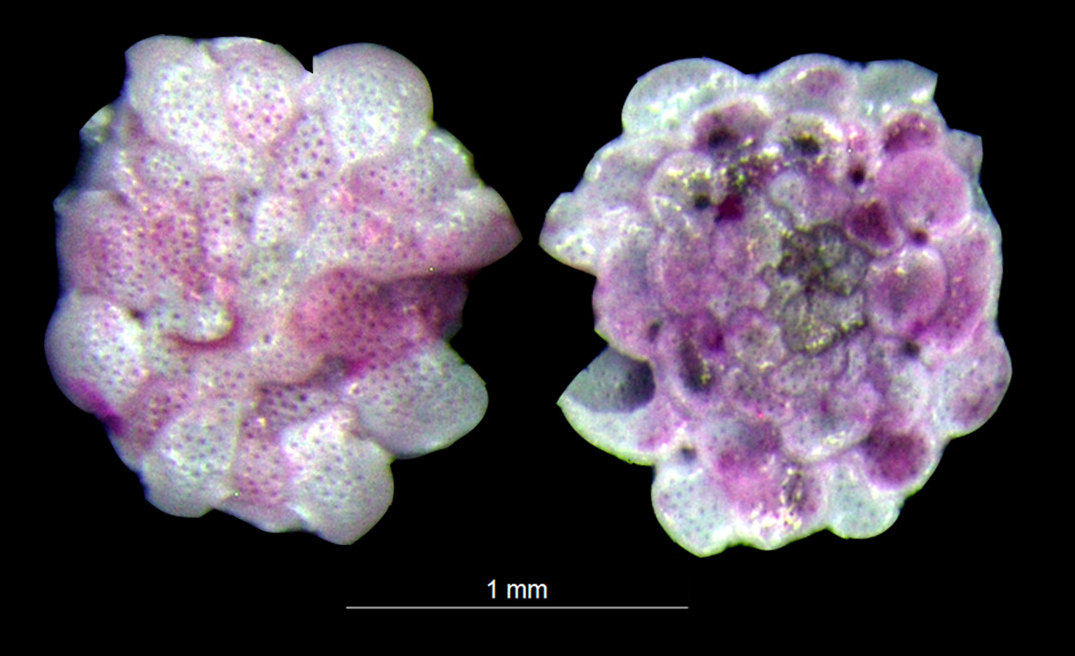
|
|
|
|
|
| Peneroplis
planatus, (Fichtel & Moll). |
Peneroplis
sp. |
Planogypsina acervalis, (Brady) | Rosalina sp.
|
Sorites
orbiculus (Forsskal) |
Spiroloculina
sp. |
|
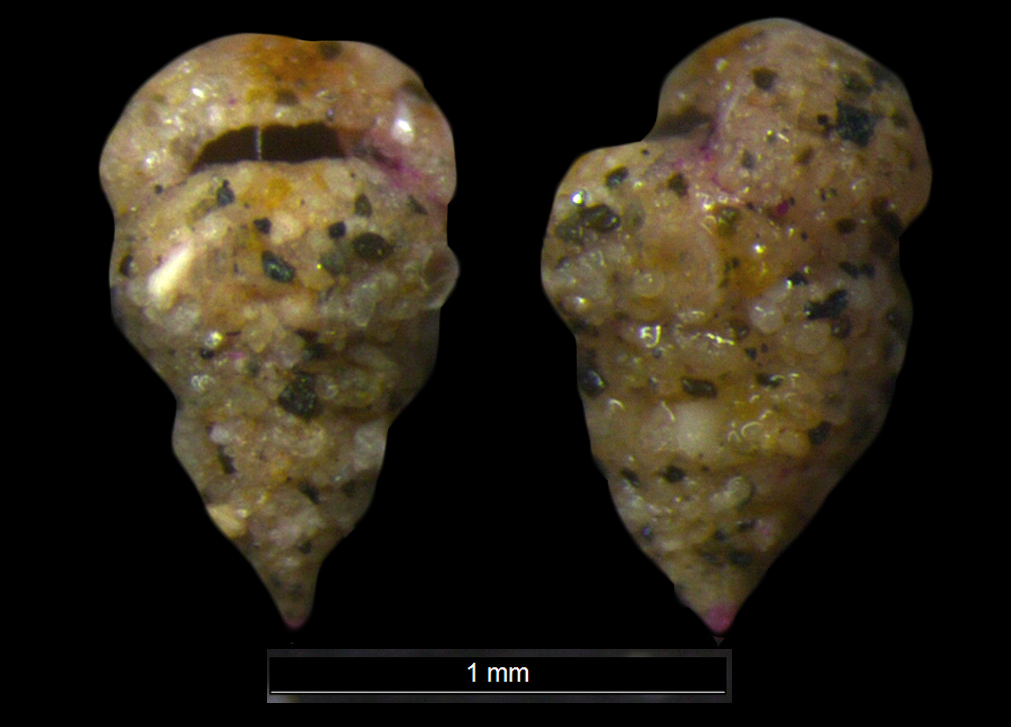 |
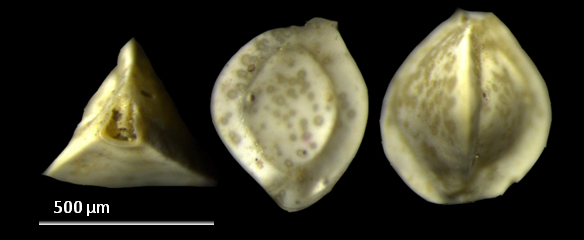 |
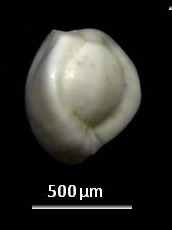 |
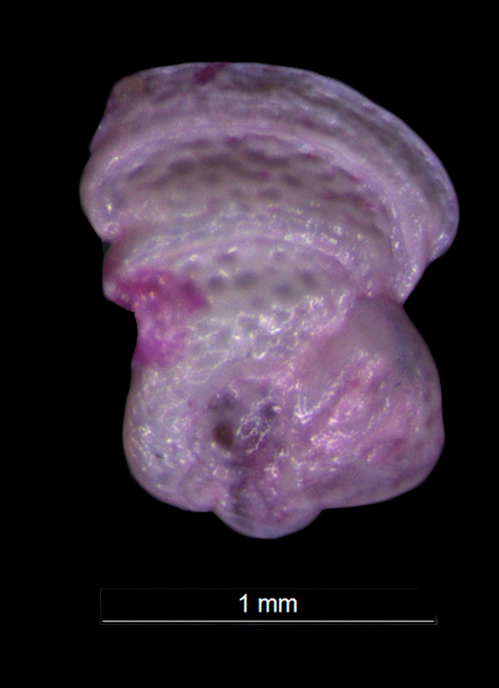 |
|||
| Textularia
agglutinans,Orbigny |
Triloculina
otricarinata, d'Orbigny.jpg |
Triloculina
trigulata , (Lamarck) |
Vetebralina striata,d'Orbigny | Nummulites
gizhensis |
||
|
חוריריות לא - שגרתיות
- בנתיות הצמודות למצע ופלנקטוניות ** Unusual
types Benthic (Attached to hard bottom) and planktonic (drifting,
showing long pseudopods - plasmatic fibers)
|
||||||
|
|
מאובן מתקופת האאוקן
Eocene fossil egypt
אילת, מדבר מערבי |
|||||
| Homotremma
rubrum (Lamarck) |
Nummulites
gizhensis (Forsskal)
|
|||||
|
צילומים של מאספים בים ולאחר איסוף *** Pictures taken in situ and dead
shells |
||||||
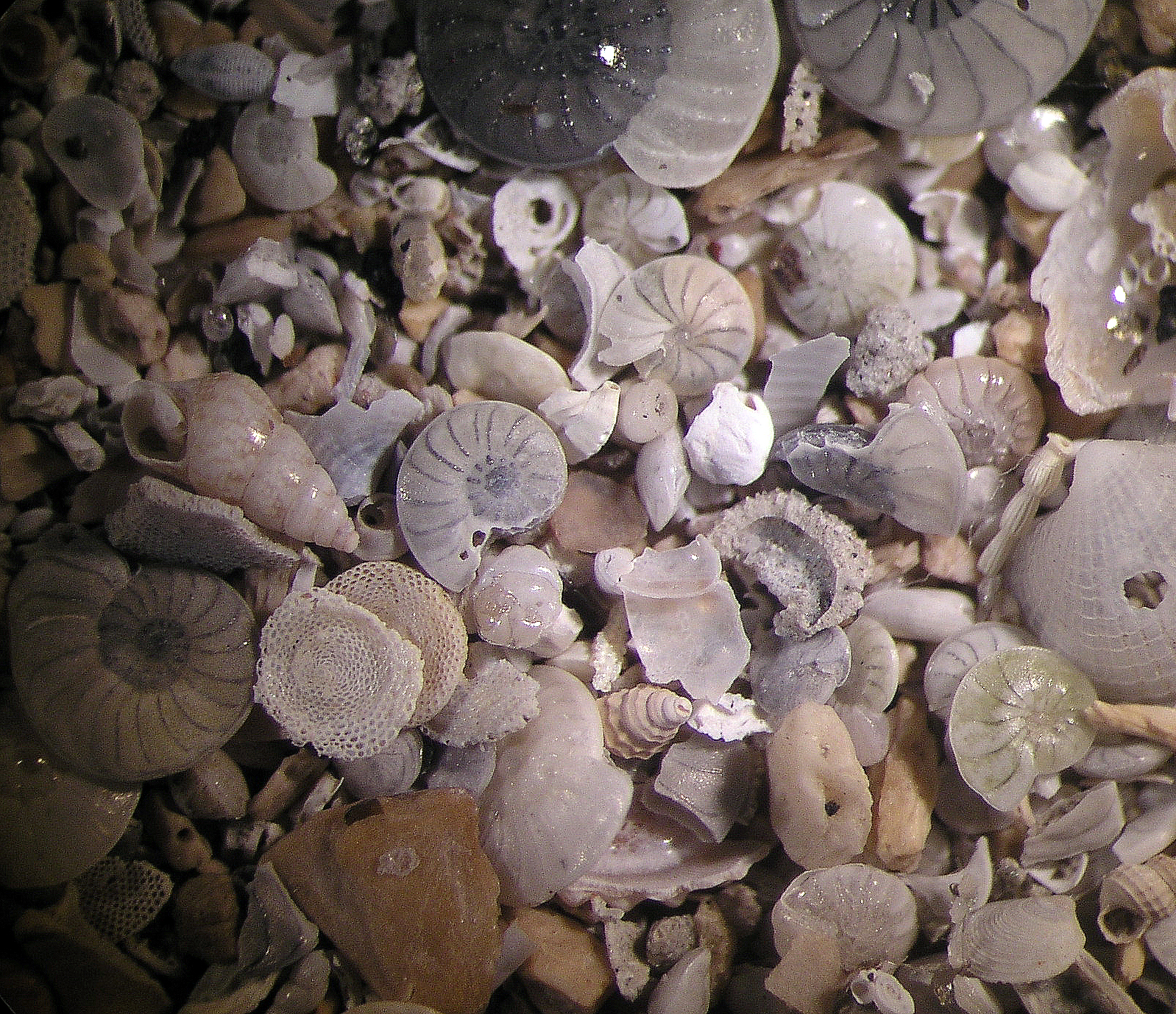 |
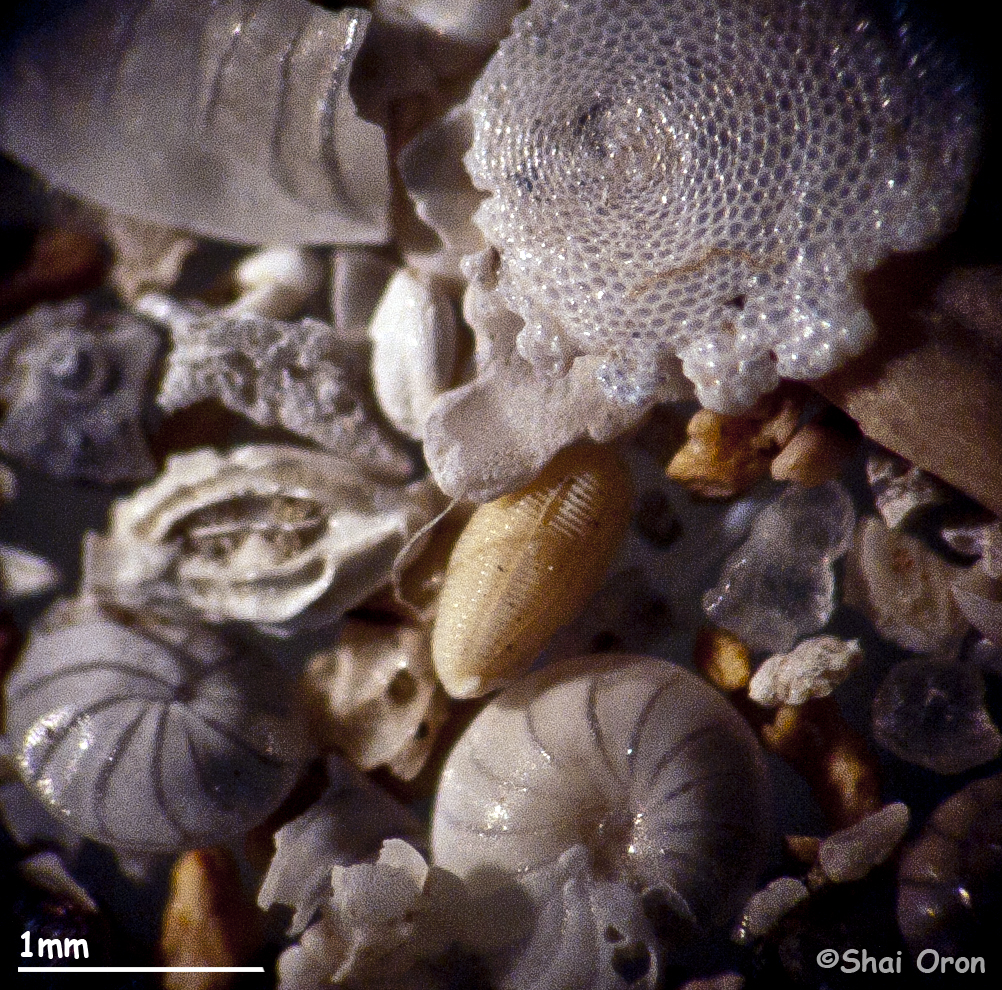 |
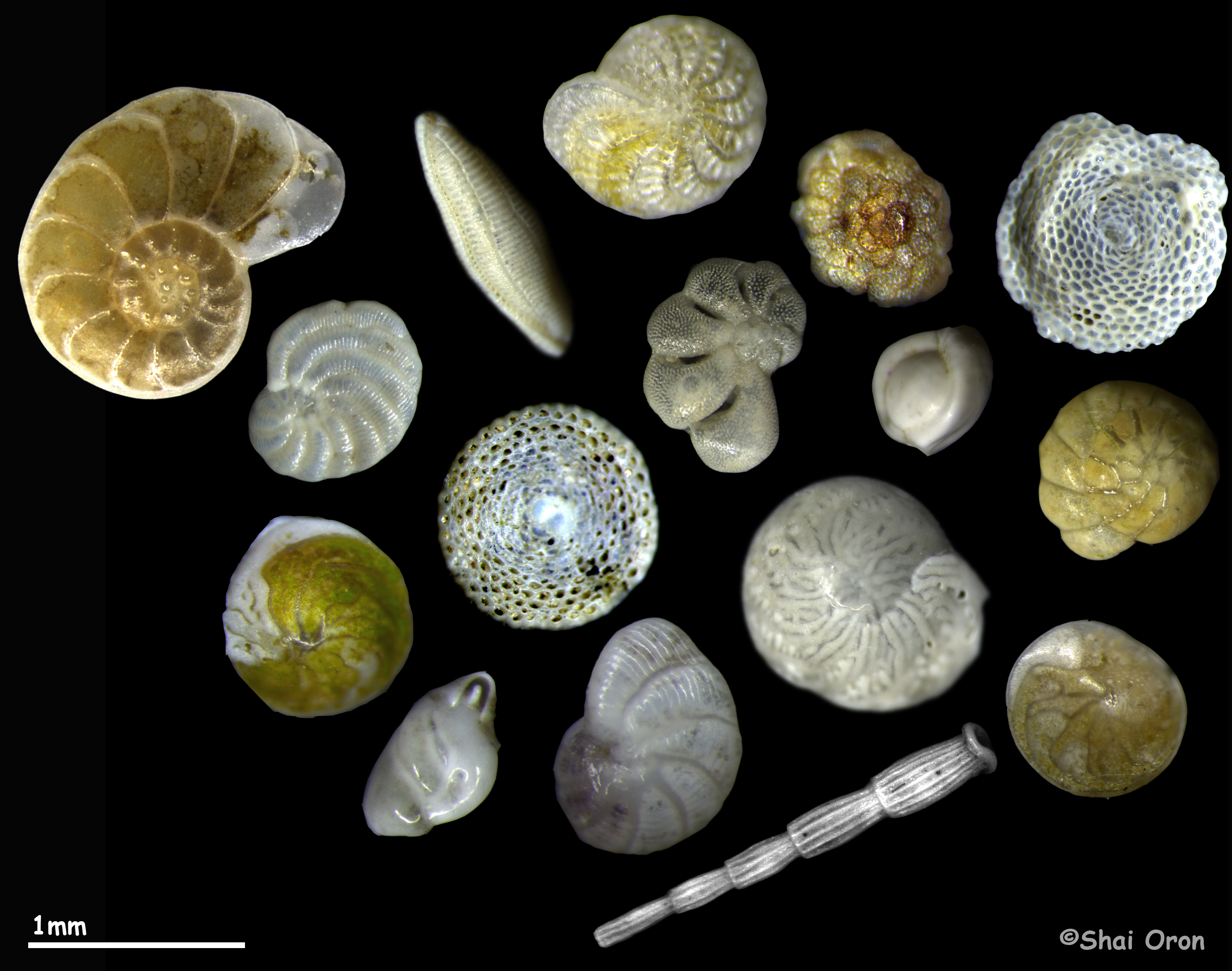 |
||||
| צילום במקבץ בים
ללא
מיון עם שלדי קונכיות ושברי אלמוגים |
צילום של מאסף
חצי
ממוין |
אוסף של שלדי
חורירויות בנתוניות - נסו לזהות ע"פ ההגדרות |
||||
| |
||||||
 |
||||||



